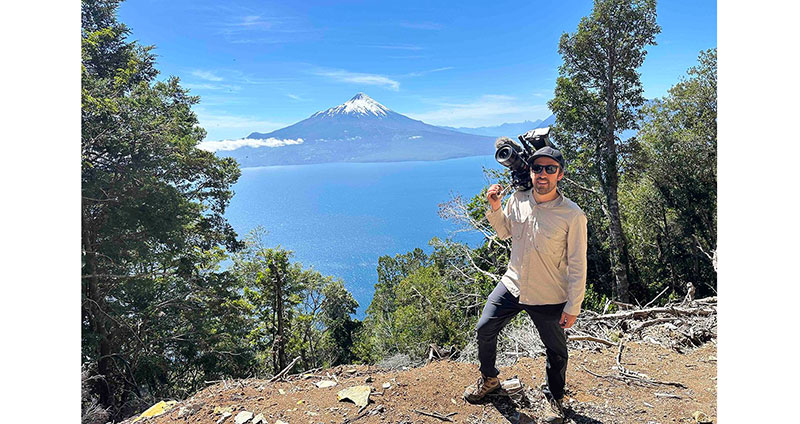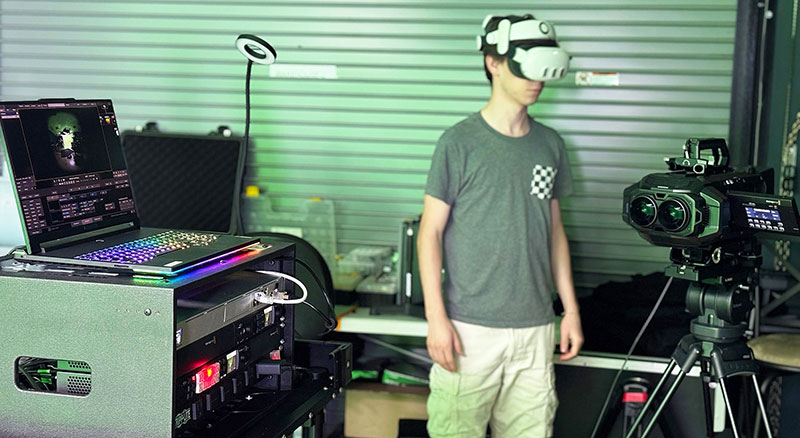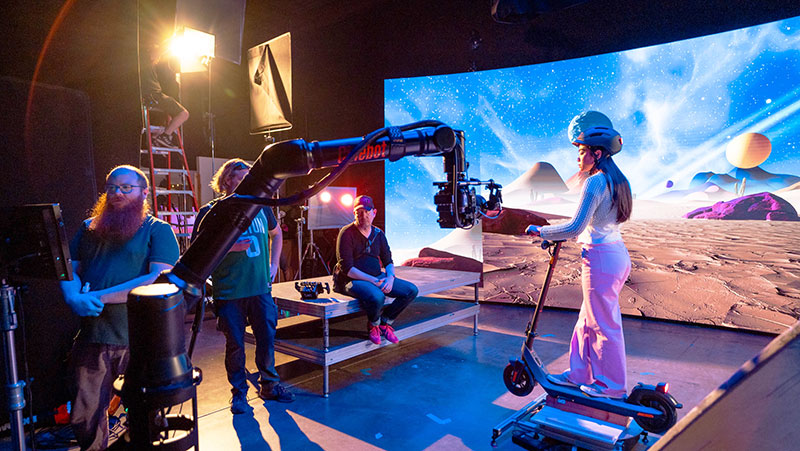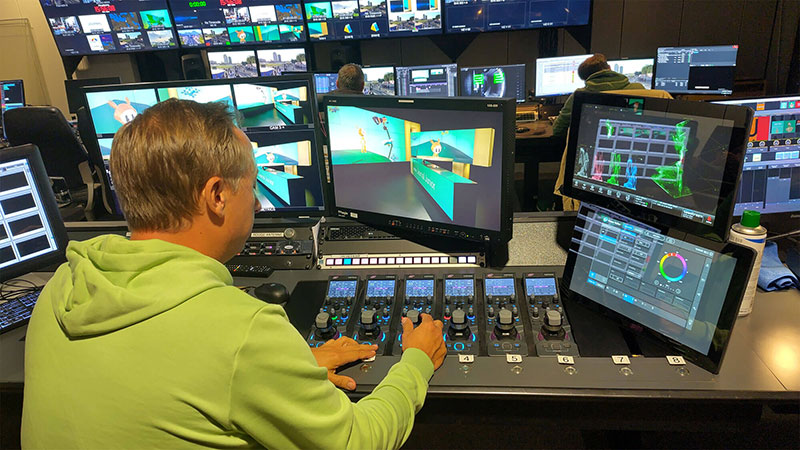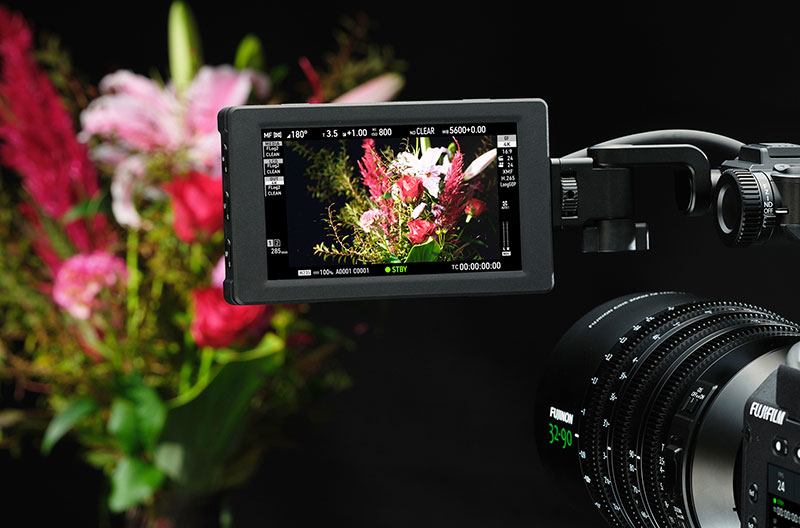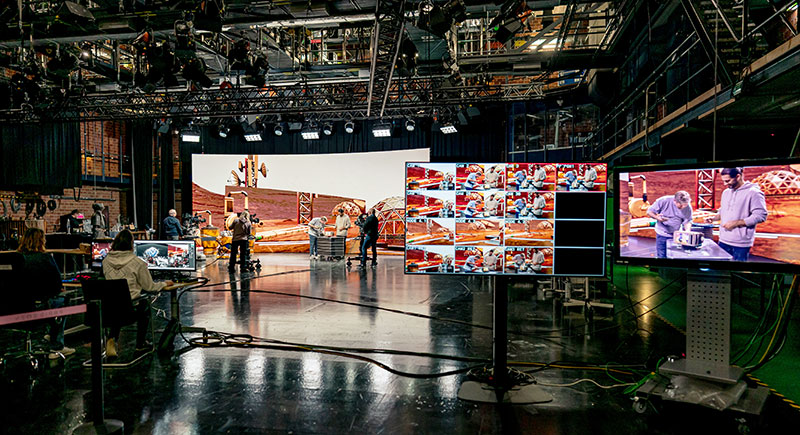The new HXR-NX800 and PXW-Z200 with 1.0-type CMOS sensor, 20x optical zoom, AI recording and streaming capabilities, suit broadcast, corporate and education content applications.

Sony XDCAM PXW-Z200
Sony’s two new 4K handheld camcorders, the NXCAM HXR-NX800 and XDCAM PXW-Z200 feature artificial intelligence (AI) recognition, precise autofocus (AF), a new 20x optical zoom lens and a variable neutral-density (ND) filter. The new models are portable, supporting handheld applications, and built with emphasis on interoperability and network connectivity for live streaming. They suit individuals and small teams working in broadcast, corporate, faith and education.
Capture Quality Control
The HXR-NX800 and PXW-Z200 each have a 1.0-inch-type Exmor RS CMOS sensor with high-sensitivity, with a stacked design that places the photodiodes above the transistor layer to collect light more efficiently, resulting in less image noise. AI-based subject recognition, auto focus (AF) and support for 4K 60p/120p recording have been developed to facilitate capture of high quality video with less manual input. A BIONZ XR image processing engine and a specialised AI-processing unit result in accurate, real-time recognition, tracking and framing of subjects.
Using the Electronic Variable ND Filter, users can swap directly between 1/4 to 1/128 density, and have the option to enable auto-ND. With this feature, the camera will maintain the user’s optimised exposure without having to re-adjust settings when moving quickly between indoor and outdoor environments.
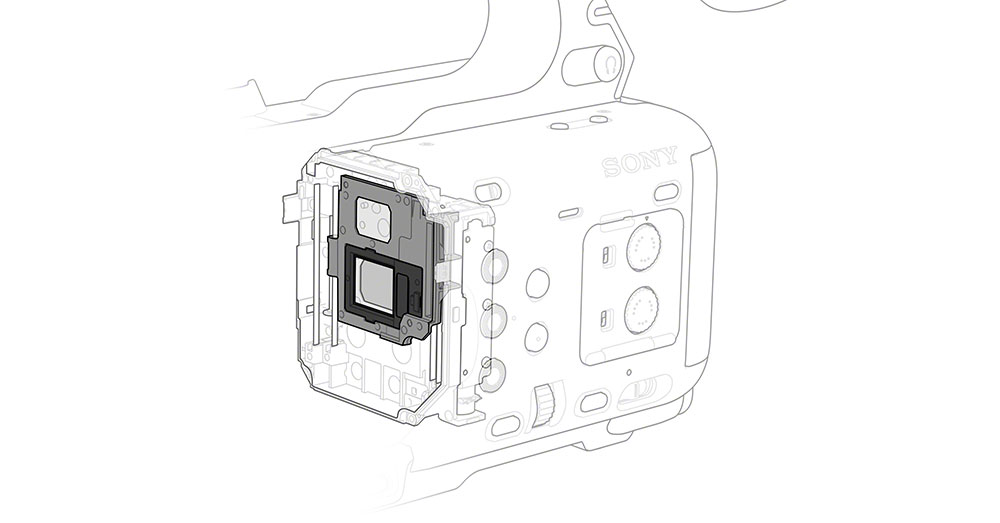
Two rings for focus and zoom and two dials for IRIS/ND Variable are located side-by-side, a useful configuration for adjusting exposure along with focus and zoom. By about June 2025, iris control will be assignable to a control ring as well. Further customisation is available through 12 assignable buttons.
Zoom and Stabilisation
Both of the cameras are built with with a 20x power optical zoom Sony G Lens that covers 24mm wide angle to 480mm telephoto and has a maximum aperture of F2.8-F4.5. The models can achieve 30x (4K) and 40x (HD) zoom with no noise using Sony's Clear Image Zoom, which means the camera first zooms to the maximum optical magnification, then uses a type of interpolation to enlarge the image a further 2x while preserving sharpness.
Active mode combines electronic correction, shifting the cropped read-out from the sensor per frame to counteract motion, with optical image stabilization, which shifts the sensor or the lens elements ahead of recording to compensate for motion – keeping images smooth when shooting handheld.

Both cameras have a foldable viewfinder, a removable microphone holder and a foldable 3.5-inch LCD monitor bright enough to check images and focus under strong lighting. Compact and lightweight, each camera weighs less than 2kg and can be folded up for carrying and storing.
Interoperability and Integration
Users can integrate the HXR-NX800 and PXW-Z200 with Sony's line-up of broadcast, Cinema Line and Alpha cameras. Regular presets like S-Cinetone, ITU709, 709tone, HLG Live, HLG Mild and HLG Natural can be adjusted to colour match the footage captured on Sony's other cameras.
The new cameras support a wide variety of recording formats including XAVC HS, XAVC S, XAVC SI and XAVC HS Proxy (up to 16 Mbps). They also record proxies to simplify data storage and management during post, and record TC/UB (time code and user bit information) as data attached to the video, which is necessary for multi-camera production. The PXW-Z200 will also support XAVC recording with the MXF container format through a future firmware update expected in mid-2025.
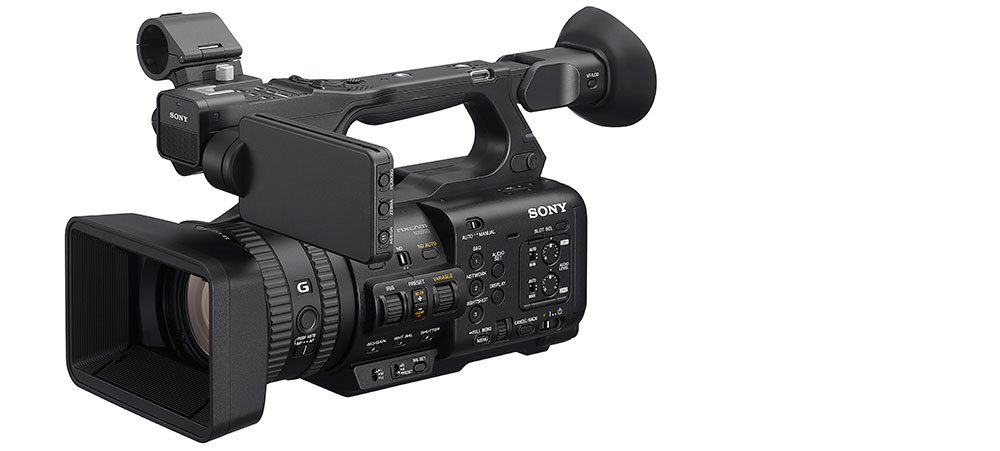
Sony NXCAM HXR-NX800
The HXR-NX800 and PXW-Z200 are equipped with a range of interfaces as well, including HDMI Type A, USB Type-C, LAN and REMOTE terminals. The PXW-Z200 supports SDI (12G, 6G, 3G [Level A/B], HD) output, and TC input/output.
Network Connectivity
The HXR-NX800 and PXW-Z200 may be used as an all-in-one recording and streaming system so that a single operator or small team can manage both capture and distribution. By connecting the cameras to a network, such as Wi-Fi, recorded footage may be live streamed to services and video sites via RTMP/RTMPS or SRT.
Versatile file transfer options include HEVC (H.265) and AVC (H.264) codecs, automatic upload to the cloud or an FTP server, and other techniques for high-quality, secure file transfer. For example, proxy chunk breaks the proxy files into upload chunks, which means that file upload can start before the clip actually finishes recording. Uploads proceed faster, especially when shooting very long takes or clips.
Also, by combining capture with the new PDT-FP1 portable data transmitter, the two new camcorders can support streaming at higher quality using the company's proprietary QoS system, and Creators' Cloud for enterprise services.

Through two recent developments, Sony’s new QoS system achieves low-delay, high-quality live streaming over mobile networks, which often feature sharp network bandwidth fluctuations and bursts of packet loss. First, a new Adaptive Rate Control algorithm has been developed to follow and respond to such fluctuations. Second, Forward Error Correction (FEC) is performed on large FEC blocks, an approach capable of correcting a large number of lost packets per FEC block.
Creators' Cloud encompasses several services, including the paid-for C3 Portal gateway service that connects Sony’s cameras to cloud networks. XDCAM air is an exchange bridge between external camcorders and studio infrastructure, and the M2 Live cloud switcher manages and controls broadcast news, sports and live event productions from locations.
Accessibility
The HXR-NX800 and PXW-Z200 menus can be operated using voice commands and feature a screen enlargement function for magnifying screens at the desired ratio. Text-to-speech can read on-screen copy and information out loud, with adjustable volume and reading speed.
The HXR-NX800 and PXW-Z200 are expected to be available September 2024. pro.sony









